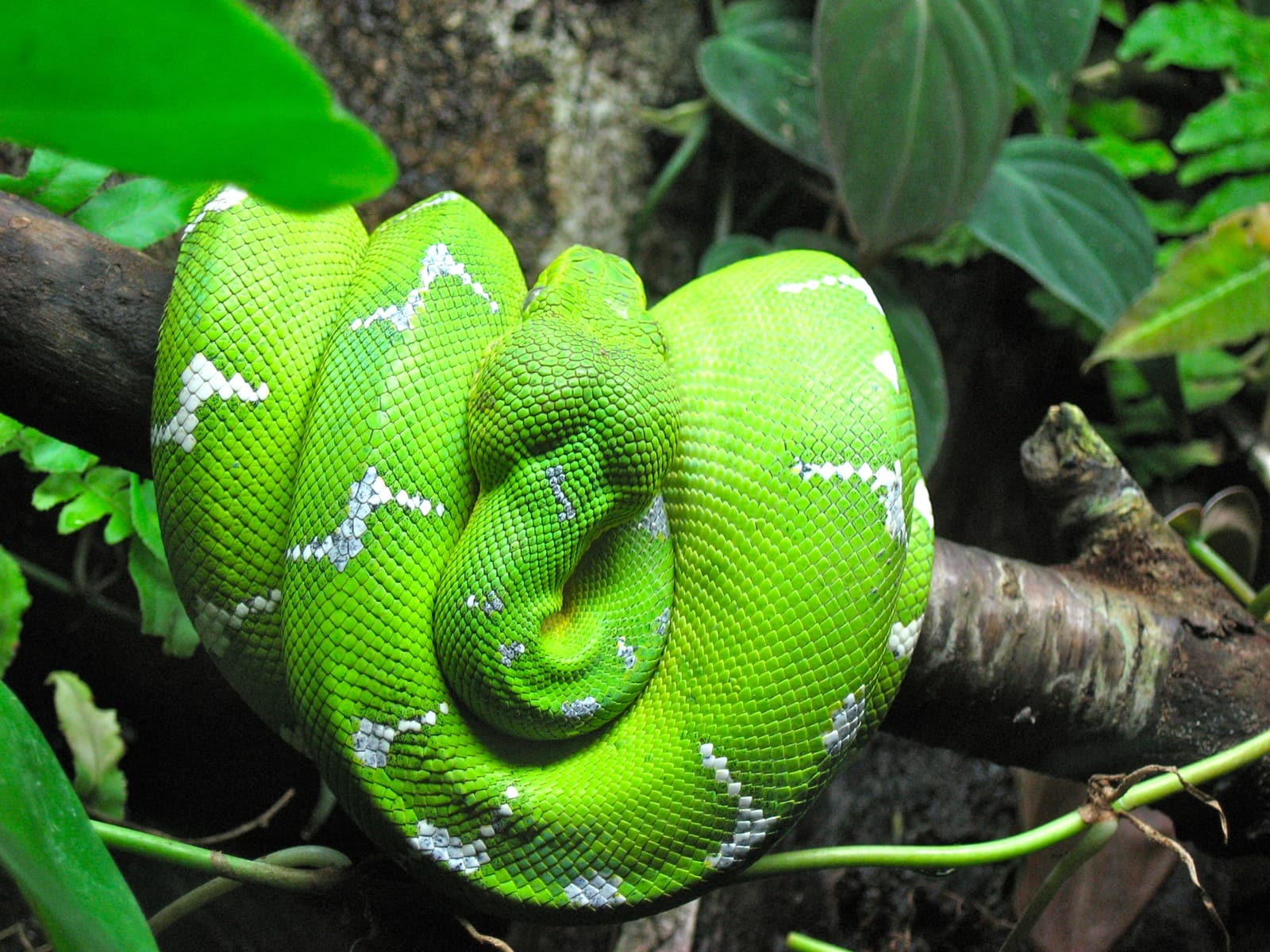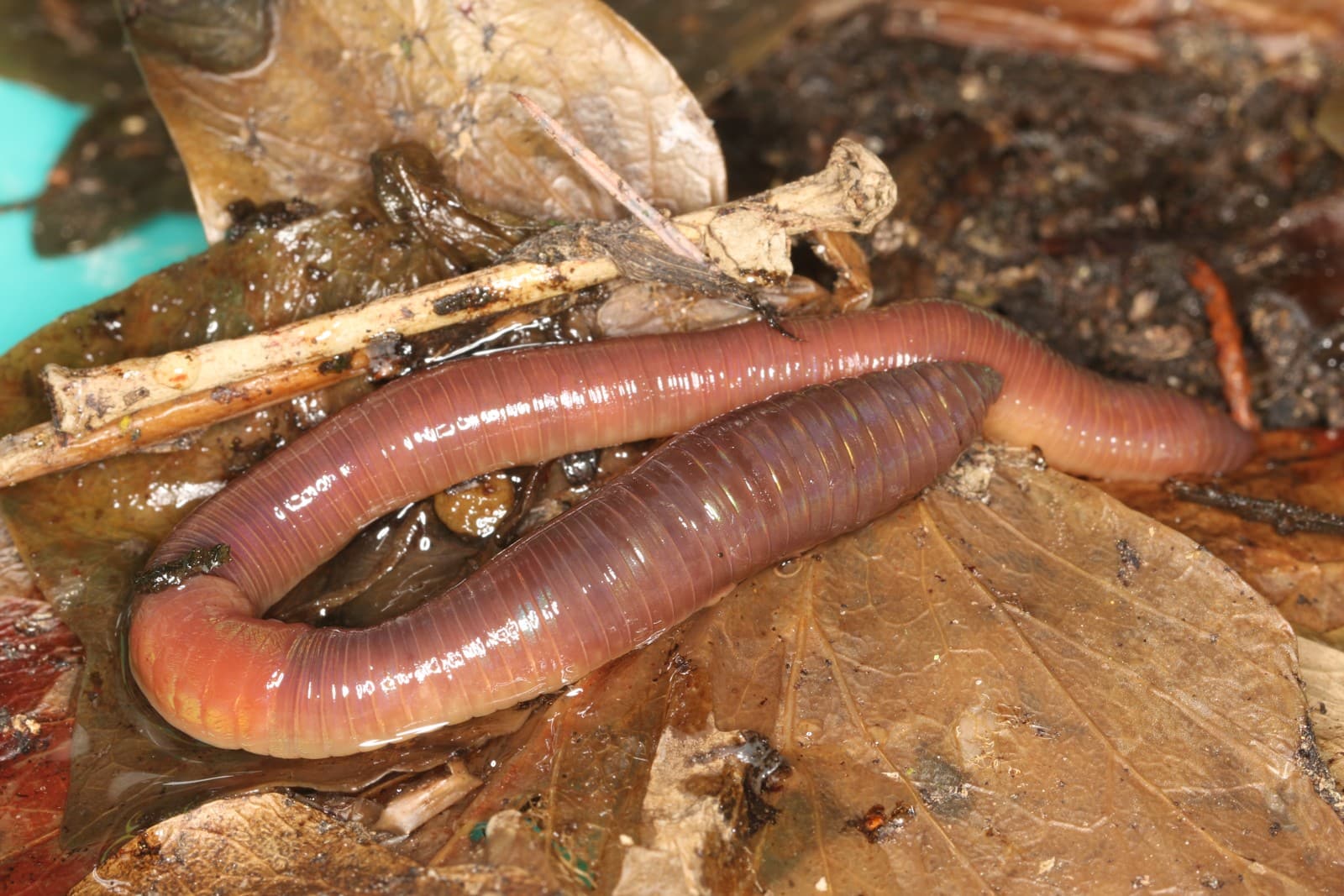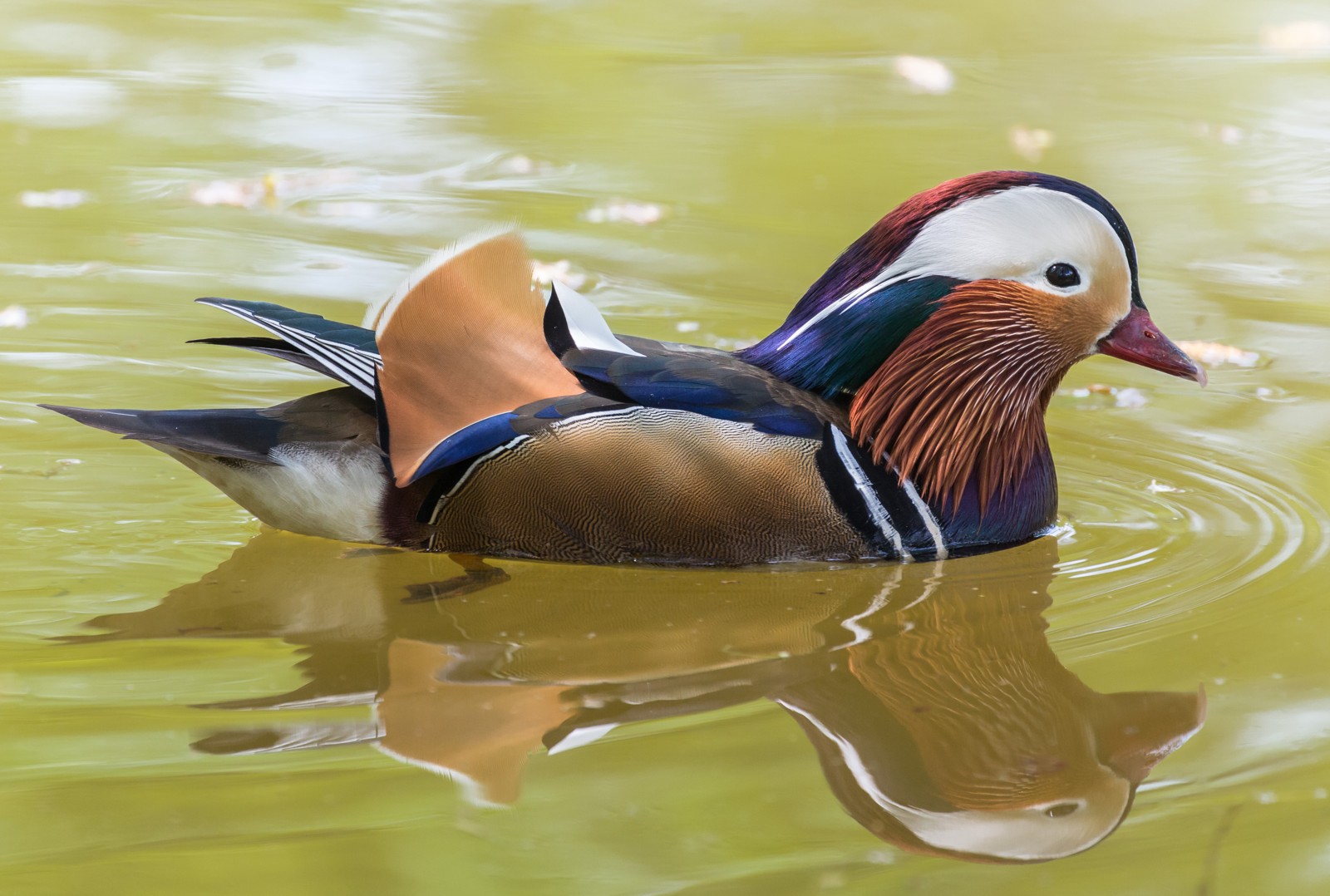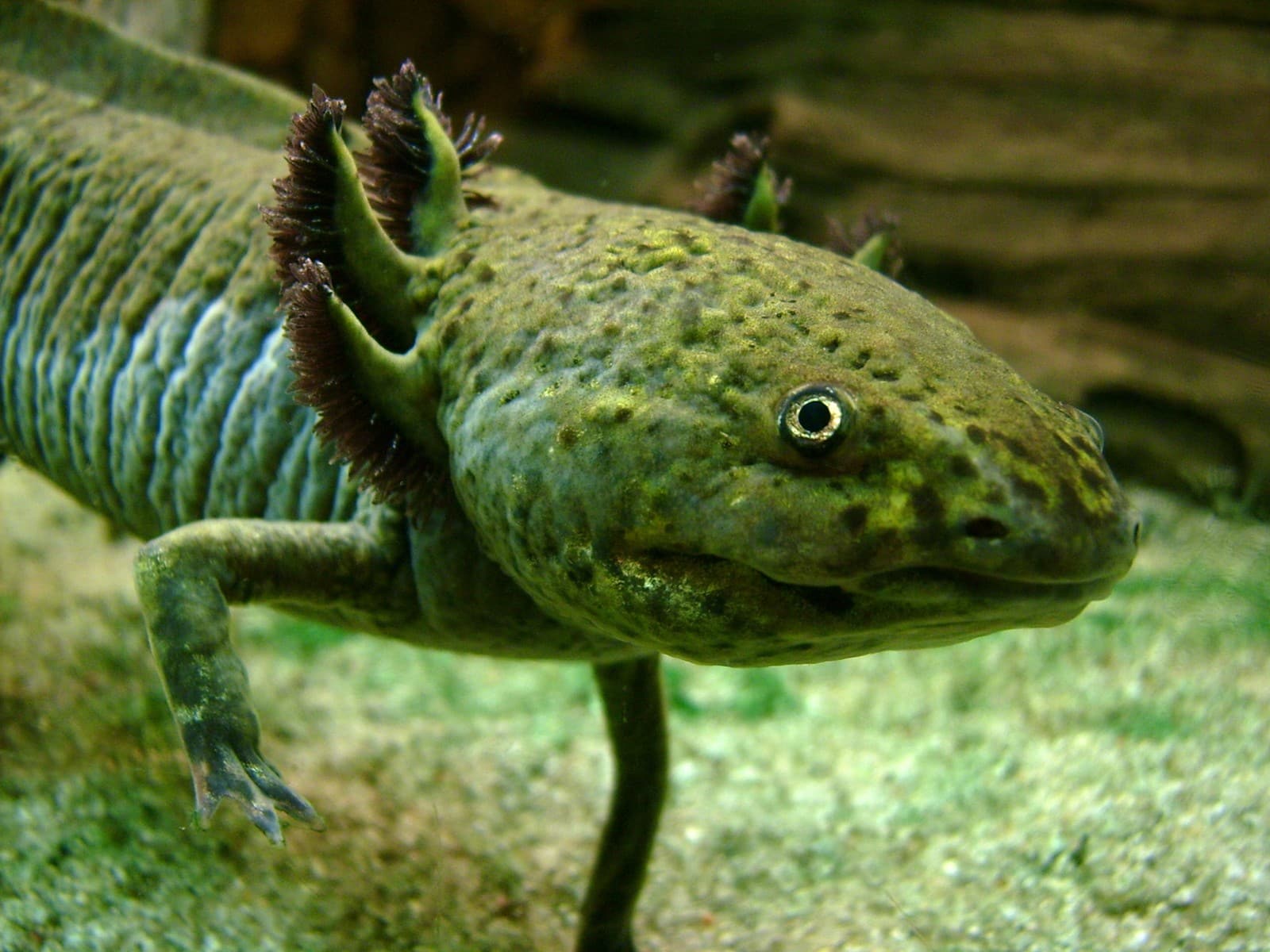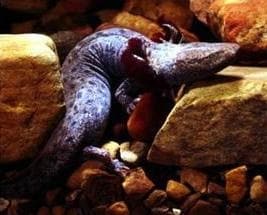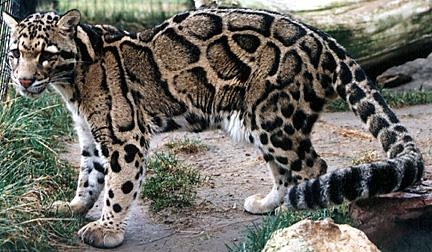Caterpillar vs Worm: A Complete Comparison
While often confused for one another, caterpillars and worms represent two distinctly different types of creatures with fascinating unique characteristics. Caterpillars are actually butterfly or moth larvae, temporary forms that undergo metamorphosis, while worms are fully developed animals that maintain their form throughout their lives. The average caterpillar lives for 2-8 weeks in its larval stage, while earthworms can survive for up to 4-8 years.
These remarkable creatures differ significantly in their anatomy, behavior, and life cycles. Caterpillars possess three pairs of true legs and up to five pairs of prolegs, while worms have no legs at all. Understanding these distinctions helps explain their different roles in our ecosystem and their unique evolutionary paths.
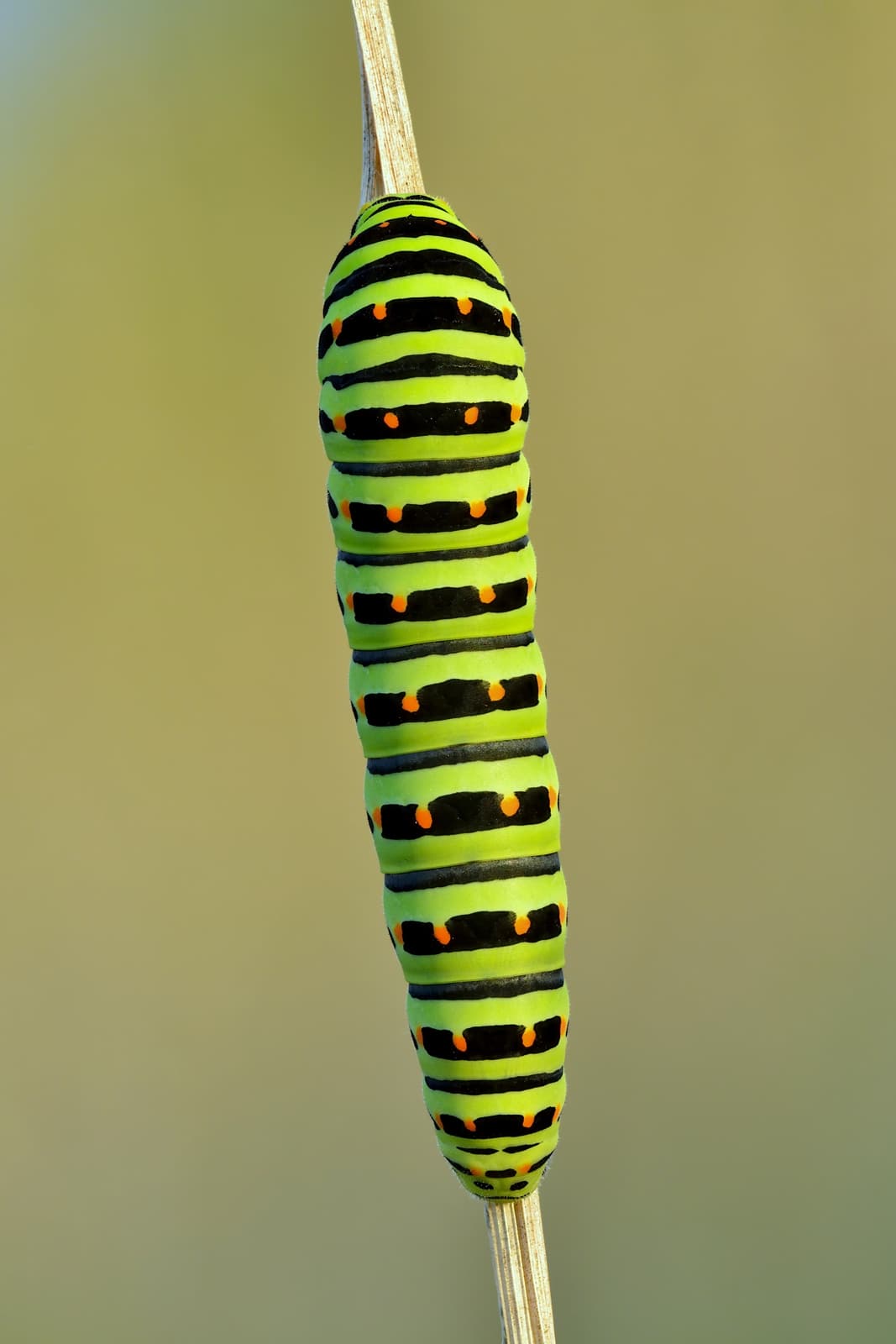
© Ivar Leidus / CC BY-SA 4.0
The Eastern Swallowtail caterpillar showcases the distinctive features that separate caterpillars from worms: visible legs, vibrant warning coloration, and a more complex body structure designed for eventual metamorphosis.
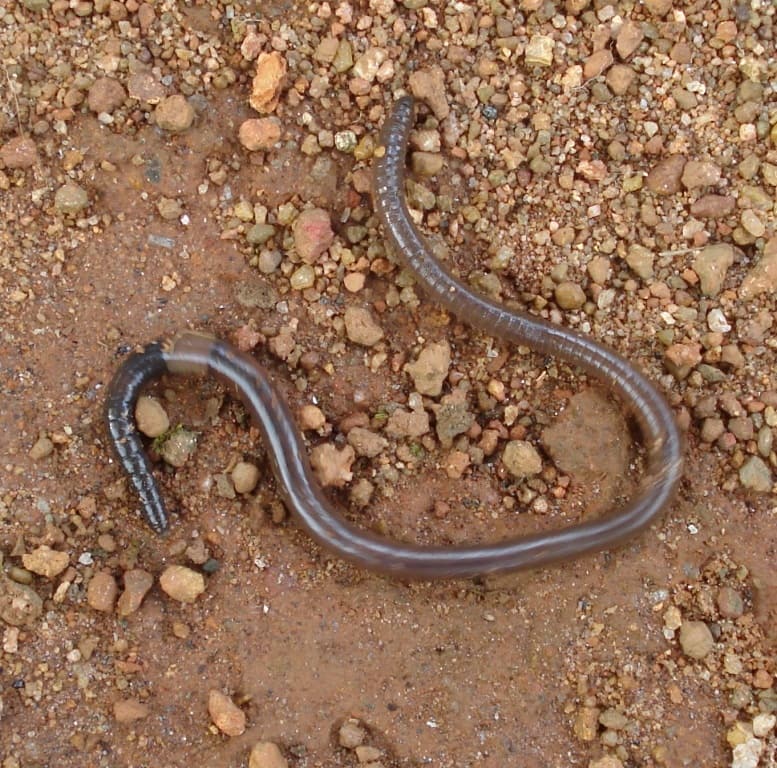
© Aruna at ml.wikipedia / CC BY-SA 3.0
An earthworm demonstrates the classic worm characteristics: legless locomotion, simple body structure, and earth-toned coloring that helps it blend with its soil habitat.
Key Differences Between Caterpillars and Worms
| Feature | Caterpillar | Worm |
|---|---|---|
| Body Structure | 3 pairs of true legs + 2-5 pairs of prolegs | No legs, smooth cylindrical body |
| Life Cycle | Temporary larval stage | Permanent form throughout life |
| Size Range | 0.1-5.9 inches (0.25-15 cm) | 0.04-22 inches (0.1-55 cm) |
| Lifespan | 2-8 weeks as caterpillar | 4-8 years |
| Diet | Primarily plant matter | Soil organic matter, decomposing material |
Anatomical Differences
Caterpillars possess several distinctive anatomical features that set them apart from worms. Their body consists of three main segments: head, thorax, and abdomen, with visible eyes and mandibles. Most notably, caterpillars have three pairs of true legs on their thorax and additional prolegs on their abdomen, which worms completely lack.
Worms, conversely, have a much simpler body structure consisting of repeated segments called annuli. They lack distinct head features and move through muscular contractions of their body wall, using setae (tiny bristles) to grip surfaces.
Habitat and Behavior
Caterpillar Characteristics
- Primarily found above ground on host plants
- Active feeding behavior with specialized mouthparts
- Many species display warning coloration
- Some species are social and form colonies
- Can produce silk for various purposes
Worm Characteristics
- Mostly subterranean
- Continuous burrowing behavior
- Generally photophobic (avoid light)
- Solitary lifestyle
- Essential for soil aeration and decomposition
Life Cycles and Development
The most fundamental difference between caterpillars and worms lies in their life cycles. Caterpillars represent a temporary stage in the complete metamorphosis of butterflies and moths, while worms maintain their basic form throughout their lives.
Caterpillar Life Cycle:
- Egg
- Larva (caterpillar)
- Pupa
- Adult butterfly/moth
Worm Life Cycle:
- Cocoon
- Juvenile worm
- Adult worm
- Reproduction through simple division or mating
Ecological Roles
Both creatures play vital but different roles in their ecosystems. Caterpillars serve as important herbivores and food sources for many predators, while also acting as pollinators in their adult form. Worms are crucial decomposers and soil engineers, improving soil structure and fertility through their constant burrowing and feeding activities.
Who Would Win in a Confrontation?
While neither creature is naturally aggressive toward the other, worms generally have better survival capabilities in terms of regeneration and longevity. However, some caterpillar species possess defensive mechanisms like irritating hairs or toxic compounds that would deter any potential threats. In nature, these organisms rarely interact and occupy different ecological niches.
Understanding the distinct characteristics of caterpillars and worms helps appreciate their unique roles in maintaining healthy ecosystems. While they may appear similar at first glance, these fascinating creatures have evolved to serve very different purposes in the natural world.
